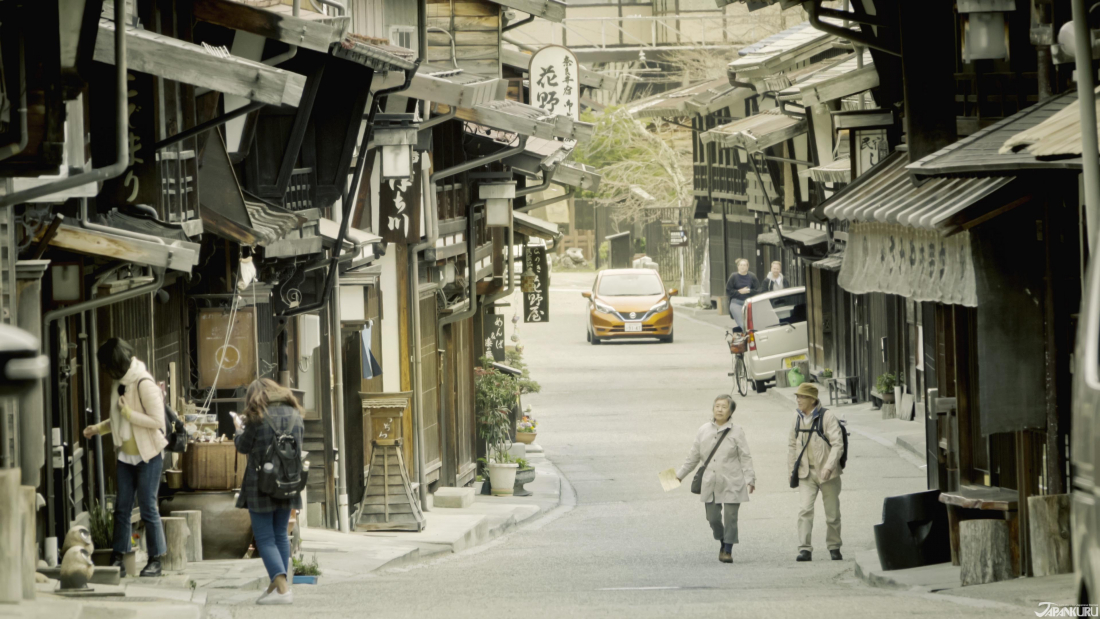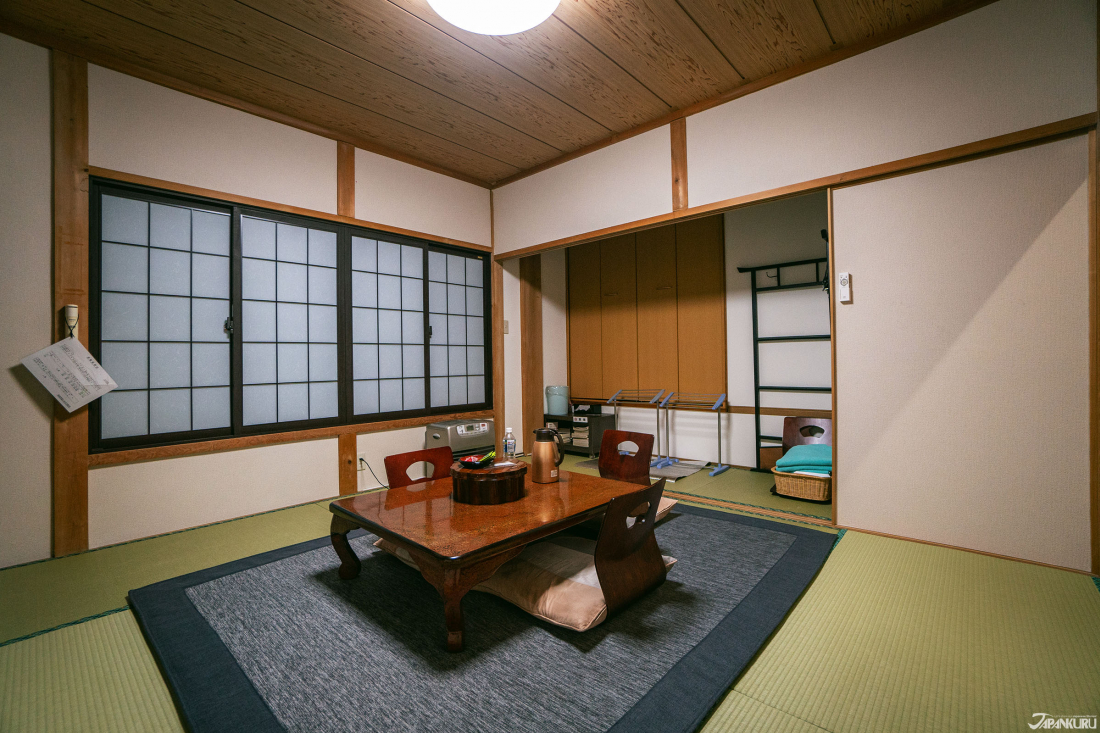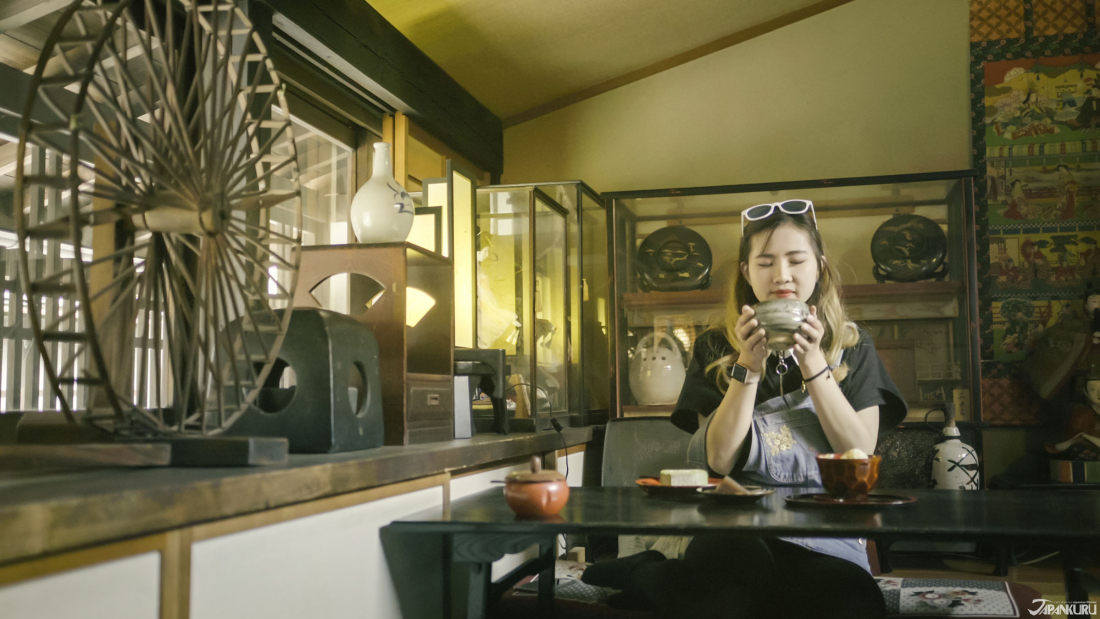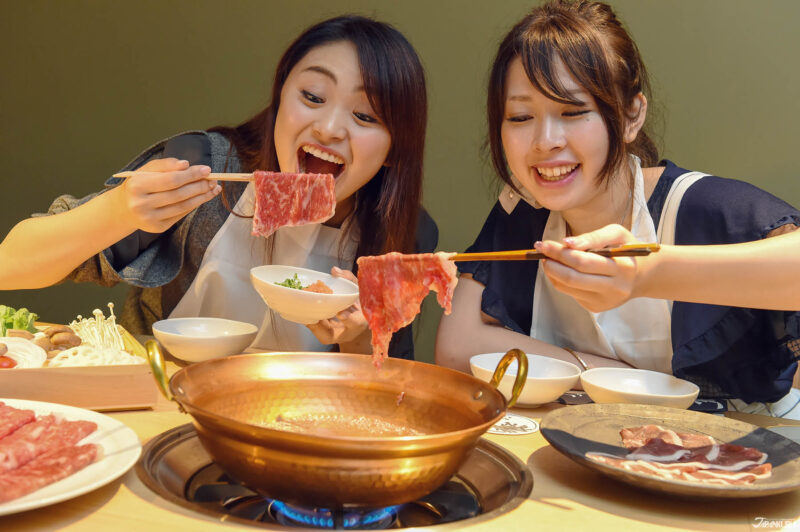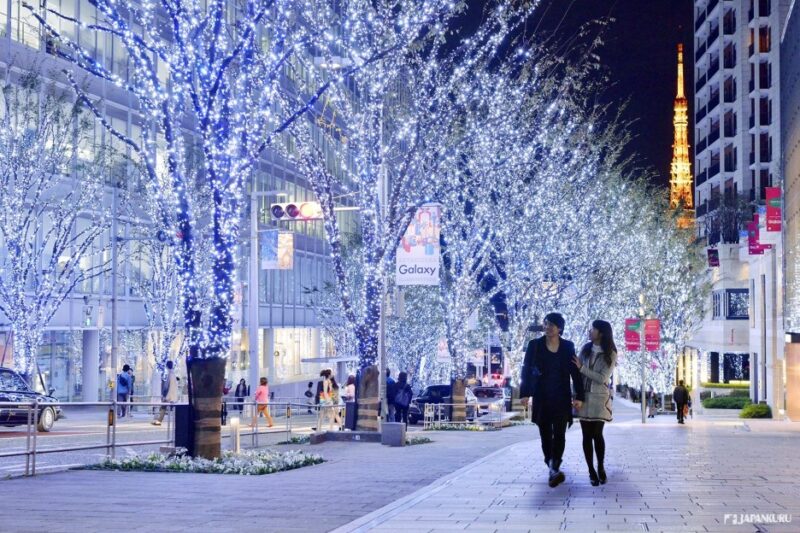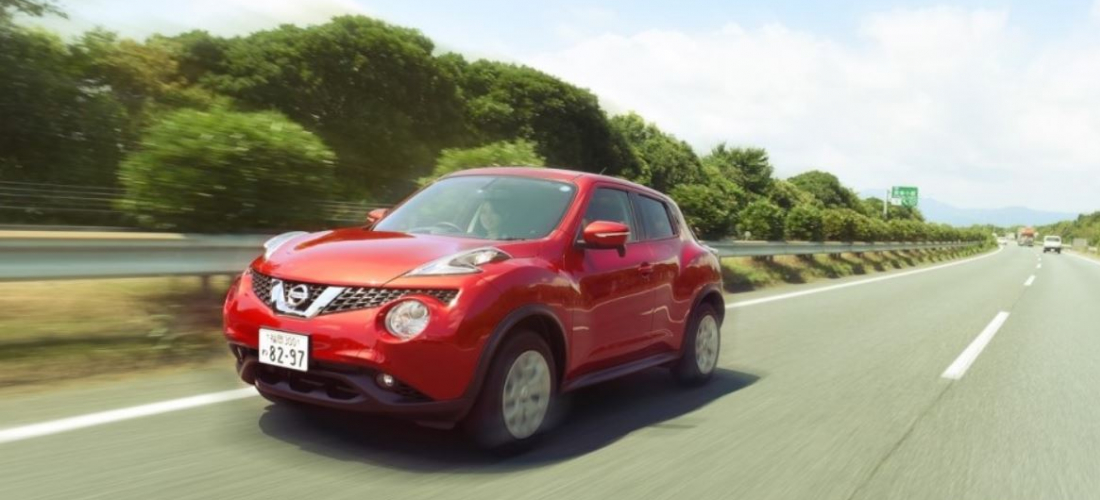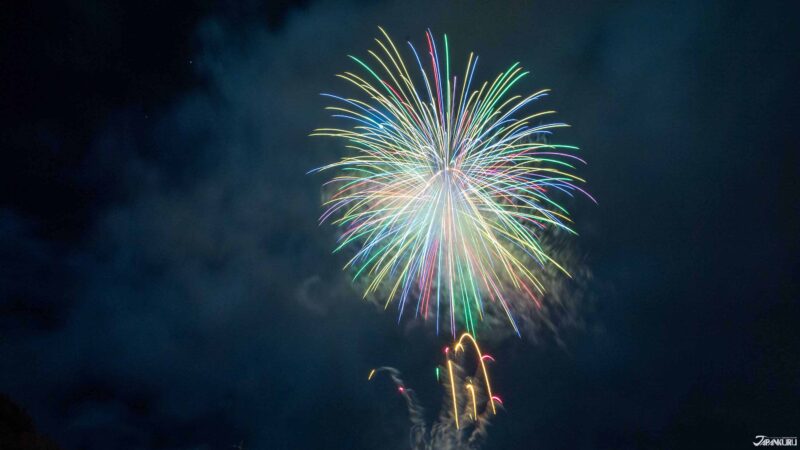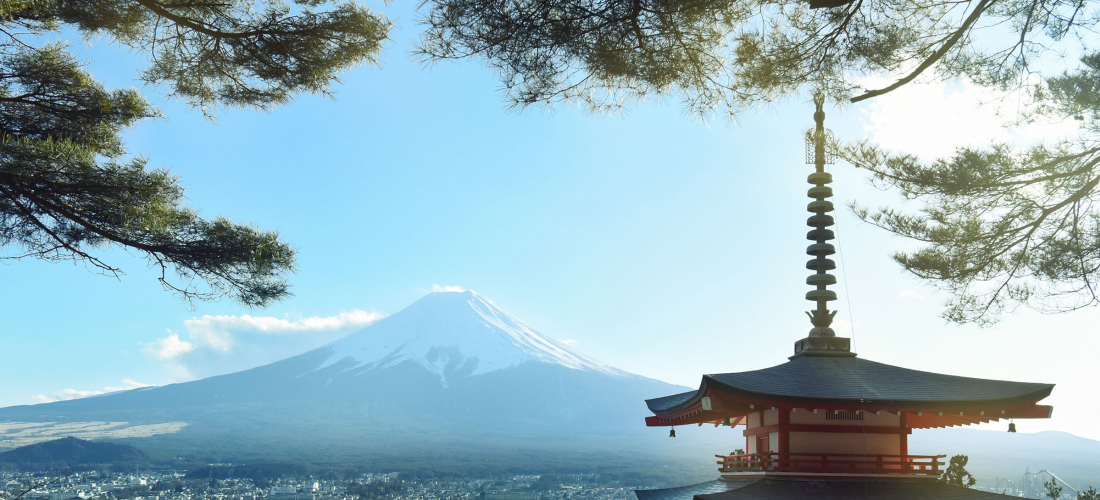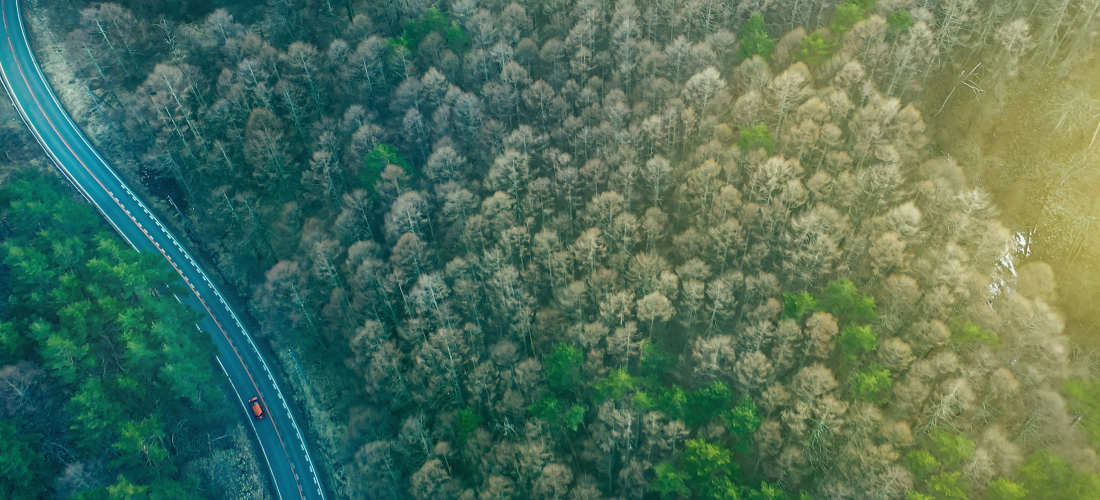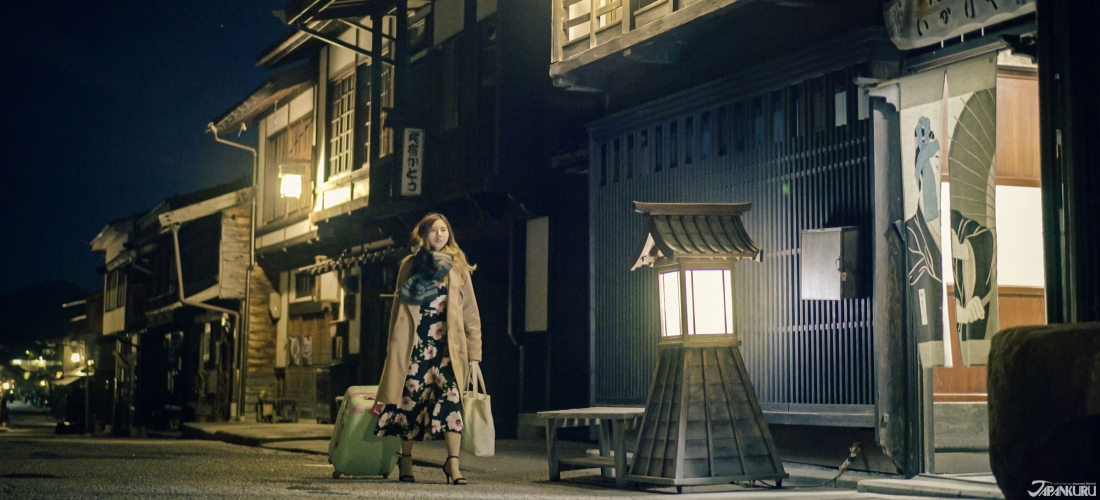
Stay a night and just feel the Edo Period history.
An Edo-Style Japanese Rest Stop: Naraijuku
If you've ever watched a Japanese historical drama, you might recognize the image of characters traveling the historic main roads of Japan, and stopping to rest each night at one of the "rest stations" along the way.
In reality too, during Japan's Edo Period (1603 – 1868), leaders and important personages often found themselves traveling around between their homes spread across Japan, the ancient capital of Kyoto, and the more recently established capital of Edo (current-day Tokyo). These people traversed Japan using the Edo Five Routes, the major highways of the time, which connected all the major regions to each other. And they needed somewhere to stay during those long journies, didn't they?
One of these paths was the Nakasendo, and along the Nakasendo formed Naraijuku. A rest stop for samurai and other important figures traveling around Nagano (perhaps from the nearby Matsumoto Castle) and around Japan. Recently, the JAPANKURU team stopped by modern-day Nagano Prefecture to take in some of that old-fashioned ambiance, so let us take you back in time with us!
Is Naraijuku (奈良井宿) related to Nara (奈良)? Look at how they're written in Japanese!
The Answer Is:
Nope.
The Edo Five Routes functioned as major travel hubs, but they were also utilized by merchants traveling the country, and were hugely important for Japan's economy. One of the Five Routes was the Nakasendo (中山道, literally the central mountain route). It was frequently used by travelers moving not just locally around Nagano Prefecture, but also between the Tokyo area and Japan's former capital, Kyoto. All the important travelers moving between these major cities gave the road the nickname "Samurai Street". An average journey along the 550 km (340 mile) route took about two weeks to accomplish. Clearly this was no quick excursion, so many "rest stations" (or "shukuba", 宿場) grew up around the Five Routes, becoming towns that catered to the traffic passing through.
Nagano's Naraijuku was one of the 69 stations formed along the Nakasendo route alone, and one of the more prosperous station towns. (If you have sharp eyes, you might have noticed that you can actually see the same Japanese word, meaning a place to stay, as the "juku" in Naraijuku (奈良井宿) and the "shuku" in "shukuba" (宿場). Naraijuku has always been associated with travelers staying the night!)
All the commerce of Edo travelers helped the town to grow, and the profits continued to go towards building new businesses, which eventually resulted in the town earning the nickname "Narai of 1,000 buildings" (Narai senken, or 奈良井千軒). Hotels, restaurants, and small shops are still maintained in some of the original structures from hundreds of years ago, so a walk around Naraijuku probably feels an awful lot like it did back in the Edo Era! It's a rest station through and through, but the tiled roofs and wooden facades that are still found along this chunk of the Nakasendo are enough to make any traditional Japanese architecture lover swoon.
We stayed the night in Ikariya Machida, a traditional guest house providing modern travelers with a place to rest their heads at night. With a dinner of simple, traditionally-prepared Japanese cuisine made by the owner, and a night spent in rooms that smelled pleasantly of tatami mats and wooden walls, we were transported back in time. When we woke up in Naraijuku the next morning, refreshed and free of the fatigue of the road, it wasn't hard to imagine Edo travelers feeling just the same.
Our guest house had simple, traditional rooms that made us feel right at home. At night, you and your companions simply lay out your futon mattresses and drift off, with the mild smell of the tatami mats in drifting into your nose (and your dreams).
Like many Western bed and breakfasts, Ikariya Machida provides breakfast and dinner for guests, in the form of traditional Japanese cuisine. Made with care by the owners, and using fresh local ingredients, it's somewhere between restaurant food and home cooking. You get the best of both worlds.
Not only are the ingredients fresh and locally sourced from around the guesthouse, but they take seasonal ingredients into account as well. With everything being eaten when it's in season, everything is extra delicious, plus, also good for the environment.
Walking down the Nakasendo as it passes through Naraijuku, it's easy to pretend you're an Edo samurai… or maybe an actor playing one on TV. The scenery looks like a set made just for a movie, except all the buildings are real surviving structures! If you want to really get into the spirit, aside from just spending the night and eating a delicious dinner, there are some fun cultural activities you can check out as well.
Try your hand at traditional Edo crafts.
While we were in Naraijuku, we learned how to take normal grass and leaves and turn them into amazing little natural sculptures. Here, we're learning how to make a grasshopper… quite literally made from grass.
Is it a real rest stop without a place to stop for a cup of coffee?
A two-week journey down the Nakasendo without a single cup of coffee? Luckily, we didn't have to suffer such difficulties. Naraijuku's Matsuyasabo Coffee Shop can be found in a two-story house from the end of the Edo Period. The first floor is a little more of a modern Western-style cafe, and the second floor has a Japanese-style tatami-floored room. Feel free to plop yourself down and sip your hot coffee or tea.
Address: 573-1 Narai, Shiojiri, Nagano
Official Website
Matsuyasabo Coffee Shop (松屋茶房)
Address: 583 Narai, Shiojiri, Nagano
Hours: 9:00 ~ 17:00
Official Website
Naraijuku (奈良井宿)
Address: Narai, Shiojiri, Nagano
Official Website
Parking: available around the area.
Parking Fee: both free and paid, see the official website for details.
Or add us on Instagram and Facebook to share your pictures of Japan. 🗾
⇩(And don't forget to check out our video from Naraijuku!)⇩
COMMENT
FEATURED MEDIA
VIEW MORE 
A New Tokyo Animal Destination: Relax & Learn About the World’s Animals in Japan
#pr #japankuru #anitouch #anitouchtokyodome #capybara #capybaracafe #animalcafe #tokyotrip #japantrip #카피바라 #애니터치 #아이와가볼만한곳 #도쿄여행 #가족여행 #東京旅遊 #東京親子景點 #日本動物互動體驗 #水豚泡澡 #東京巨蛋城 #เที่ยวญี่ปุ่น2025 #ที่เที่ยวครอบครัว #สวนสัตว์ในร่ม #TokyoDomeCity #anitouchtokyodome

Shohei Ohtani Collab Developed Products & Other Japanese Drugstore Recommendations From Kowa
#pr #japankuru
#kowa #syncronkowa #japanshopping #preworkout #postworkout #tokyoshopping #japantrip #일본쇼핑 #일본이온음료 #오타니 #오타니쇼헤이 #코와 #興和 #日本必買 #日本旅遊 #運動補充能量 #運動飲品 #ช้อปปิ้งญี่ปุ่น #เครื่องดื่มออกกำลังกาย #นักกีฬา #ผลิตภัณฑ์ญี่ปุ่น #อาหารเสริมญี่ปุ่น

도쿄 근교 당일치기 여행 추천! 작은 에도라 불리는 ‘가와고에’
세이부 ‘가와고에 패스(디지털)’ 하나면 편리하게 이동 + 가성비까지 완벽하게! 필름카메라 감성 가득한 레트로 거리 길거리 먹방부터 귀여움 끝판왕 핫플&포토 스폿까지 총집합!
Looking for day trips from Tokyo? Try Kawagoe, AKA Little Edo!
Use the SEIBU KAWAGOE PASS (Digital) for easy, affordable transportation!
Check out the historic streets of Kawagoe for some great street food and plenty of picturesque retro photo ops.
#pr #japankuru #도쿄근교여행 #가와고에 #가와고에패스 #세이부패스 #기모노체험 #가와고에여행 #도쿄여행코스 #도쿄근교당일치기 #세이부가와고에패스
#tokyotrip #kawagoe #tokyodaytrip #seibukawagoepass #kimono #japantrip

Hirakata Park, Osaka: Enjoy the Classic Japanese Theme Park Experience!
#pr #japankuru #hirakatapark #amusementpark #japantrip #osakatrip #familytrip #rollercoaster #retrôvibes #枚方公園 #大阪旅遊 #關西私房景點 #日本親子旅行 #日本遊樂園 #木造雲霄飛車 #히라카타파크 #สวนสนุกฮิราคาตะพาร์ค

🍵Love Matcha? Upgrade Your Matcha Experience With Tsujiri!
・160년 전통 일본 말차 브랜드 츠지리에서 말차 덕후들이 픽한 인기템만 골라봤어요
・抹茶控的天堂!甜點、餅乾、飲品一次滿足,連伴手禮都幫你列好清單了
・ส่องมัทฉะสุดฮิต พร้อมพาเที่ยวร้านดังในอุจิ เกียวโต
#pr #japankuru #matcha #matchalover #uji #kyoto #japantrip #ujimatcha #matchalatte #matchasweets #tsujiri #말차 #말차덕후 #츠지리 #교토여행 #말차라떼 #辻利抹茶 #抹茶控 #日本抹茶 #宇治 #宇治抹茶 #日本伴手禮 #抹茶拿鐵 #抹茶甜點 #มัทฉะ #ของฝากญี่ปุ่น #ชาเขียวญี่ปุ่น #ซึจิริ #เกียวโต

・What Is Nenaito? And How Does This Sleep Care Supplement Work?
・你的睡眠保健品——認識「睡眠茶氨酸錠」
・수면 케어 서플리먼트 ‘네나이토’란?
・ผลิตภัณฑ์เสริมอาหารดูแลการนอน “Nenaito(ネナイト)” คืออะไร?
#pr #japankuru #sleepcare #japanshopping #nenaito #sleepsupplement #asahi #睡眠茶氨酸錠 #睡眠保健 #朝日 #l茶胺酸 #日本藥妝 #日本必買 #일본쇼핑 #수면 #건강하자 #네나이토 #일본영양제 #อาหารเสริมญี่ปุ่น #ช้อปปิ้งญี่ปุ่น #ร้านขายยาญี่ปุ่น #ดูแลตัวเองก่อนนอน #อาซาฮิ

Japanese Drugstore Must-Buys! Essential Items from Hisamitsu® Pharmaceutical
#PR #japankuru #hisamitsu #salonpas #feitas #hisamitsupharmaceutical #japanshopping #tokyoshopping #traveltips #japanhaul #japantrip #japantravel

Whether you grew up with Dragon Ball or you just fell in love with Dragon Ball DAIMA, you'll like the newest JINS collab. Shop this limited-edition Dragon Ball accessory collection to find some of the best Dragon Ball merchandise in Japan!
>> Find out more at Japankuru.com! (link in bio)
#japankuru #dragonball #dragonballdaima #animecollab #japanshopping #jins #japaneseglasses #japantravel #animemerch #pr

This month, Japankuru teamed up with @official_korekoko to invite three influencers (originally from Thailand, China, and Taiwan) on a trip to Yokohama. Check out the article (in Chinese) on Japankuru.com for all of their travel tips and photography hints - and look forward to more cool collaborations coming soon!
【橫濱夜散策 x 教你怎麼拍出網美照 📸✨】
每次來日本玩,是不是都會先找旅日網紅的推薦清單?
這次,我們邀請擁有日本豐富旅遊經驗的🇹🇭泰國、🇨🇳中國、🇹🇼台灣網紅,帶你走進夜晚的橫濱!從玩樂路線到拍照技巧,教你怎麼拍出最美的夜景照。那些熟悉的景點,換個視角說不定會有新發現~快跟他們一起出發吧!
#japankuru #橫濱紅磚倉庫 #汽車道 #中華街 #yokohama #japankuru #橫濱紅磚倉庫 #汽車道 #中華街 #yokohama #yokohamaredbrickwarehouse #yokohamachinatown

If you’re a fan of Vivienne Westwood's Japanese designs, and you’re looking forward to shopping in Harajuku this summer, we’ve got important news for you. Vivienne Westwood RED LABEL Laforet Harajuku is now closed for renovations - but the grand reopening is scheduled for July!
>> Find out more at Japankuru.com! (link in bio)
#japankuru #viviennewestwood #harajuku #omotesando #viviennewestwoodredlabel #viviennewestwoodjapan #비비안웨스트우드 #오모테산도 #하라주쿠 #日本購物 #薇薇安魏斯伍德 #日本時尚 #原宿 #表參道 #japantrip #japanshopping #pr

Ready to see TeamLab in Kyoto!? At TeamLab Biovortex Kyoto, the collective is taking their acclaimed immersive art and bringing it to Japan's ancient capital. We can't wait to see it for ourselves this autumn!
>> Find out more at Japankuru.com! (link in bio)
#japankuru #teamlab #teamlabbiovortex #kyoto #kyototrip #japantravel #artnews
Photos courtesy of teamLab, Exhibition view of teamLab Biovortex Kyoto, 2025, Kyoto ® teamLab, courtesy Pace Gallery

Japanese Makeup Shopping • A Trip to Kamakura & Enoshima With Canmake’s Cool-Toned Summer Makeup
#pr #canmake #enoshima #enoden #에노시마 #캔메이크 #japanesemakeup #japanesecosmetics

⚔️The Robot Restaurant is gone, but the Samurai Restaurant is here to take its place. Check it out, and don't forget your coupon!
🍣신주쿠의 명소 로봇 레스토랑이 사무라이 레스토랑으로 부활! 절찬 쿠폰 발급중
💃18歲以上才能入場的歌舞秀,和你想的不一樣!拿好優惠券去看看~
#tokyo #shinjuku #samurairestaurant #robotrestaurant #tokyotrip #도쿄여행 #신주쿠 #사무라이레스토랑 #이색체험 #할인이벤트 #歌舞伎町 #東京景點 #武士餐廳 #日本表演 #日本文化體驗 #japankuru #japantrip #japantravel #japanlovers #japan_of_insta

Japanese appliance & electronics shopping with our KOJIMA x BicCamera coupon!
用JAPANKURU的KOJIMA x BicCamera優惠券買這些正好❤️
코지마 x 빅 카메라 쿠폰으로 일본 가전 제품 쇼핑하기
#pr #japankuru #japanshopping #kojima #biccamera #japaneseskincare #yaman #dji #osmopocket3 #skincaredevice #日本購物 #美容儀 #相機 #雅萌 #日本家電 #일본여행 #면세 #여행꿀팁 #일본쇼핑리스트 #쿠폰 #일본쇼핑 #일본브랜드 #할인 #코지마 #빅카메라 #japankurucoupon

